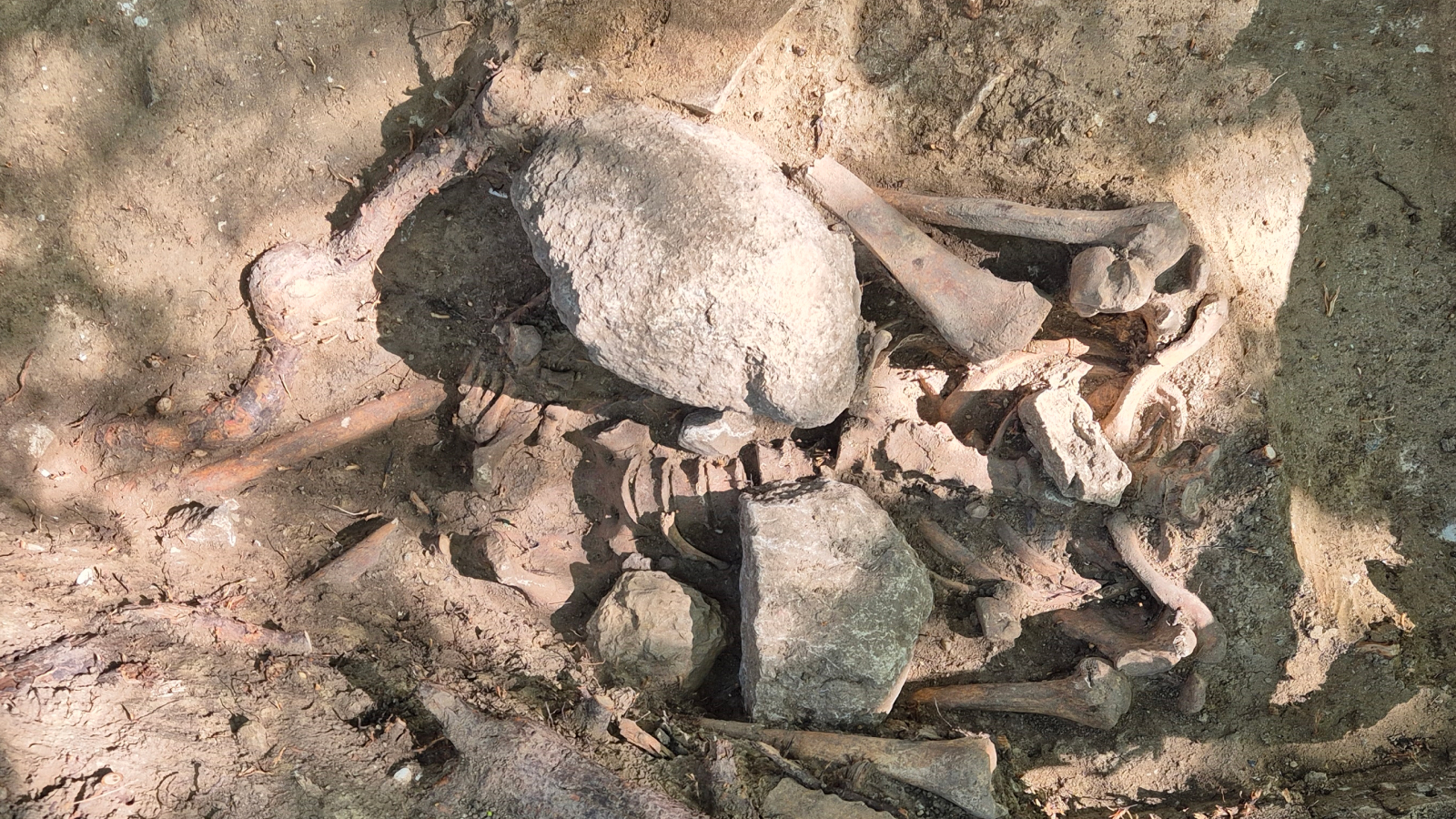Microorganisms, Vol. 11, Pages 463: Dietary Effects of a Short-Term Administration of Microalgae Blend on Growth Performance, Tissue Fatty Acids, and Predominant Intestinal Microbiota in Sparus aurata
Microorganisms doi: 10.3390/microorganisms11020463
Authors: Jorge García-Márquez Rosa María Rico Francisco Gabriel Acién Juan Miguel Mancera Félix L. Figueroa Antonio Jesús Vizcaíno Francisco Javier Alarcón Miguel Ángel Moriñigo Roberto Teófilo Abdala-Díaz
Given the potential of microalgae as new aquafeed ingredients, this study focuses on using a blend of microalgae, Tisochrysis lutea, Nannochloropsis gaditana, and Scenedesmus almeriensis, as a dietary ingredient for feeding Sparus aurata juveniles. The growth performance, carcass composition, tissue fatty acid profile, and intestinal microbiota were evaluated after a 30 day-feeding period. A microalgae-free diet was used as control, and three experimental diets were formulated containing 5%, 15%, and 25% of the microalgae blend (MB-5%, MB-15%, and MB-25%, respectively). After 7, 15, and 30 days of feeding experimental diets, biological samples were taken. Growth performance and nutrient utilization were not significantly modified at the end of the experiment. Microalgae inclusion tended to decrease body lipids and affected the fatty acid profile, especially MB-25 diet increased DHA levels. Diet MB-25 promoted appropriate microbial diversity, favoring the presence of probiotic bacteria, such as Lactobacillus, and significantly influencing the fatty acid composition and lipid metabolism in fish. In conclusion, using a short pulse of dietary administration of 25% microalgal blend in S. aurata modulates the intestinal microbiota and lipid composition while maintaining growth performance.

 1 year ago
50
1 year ago
50


